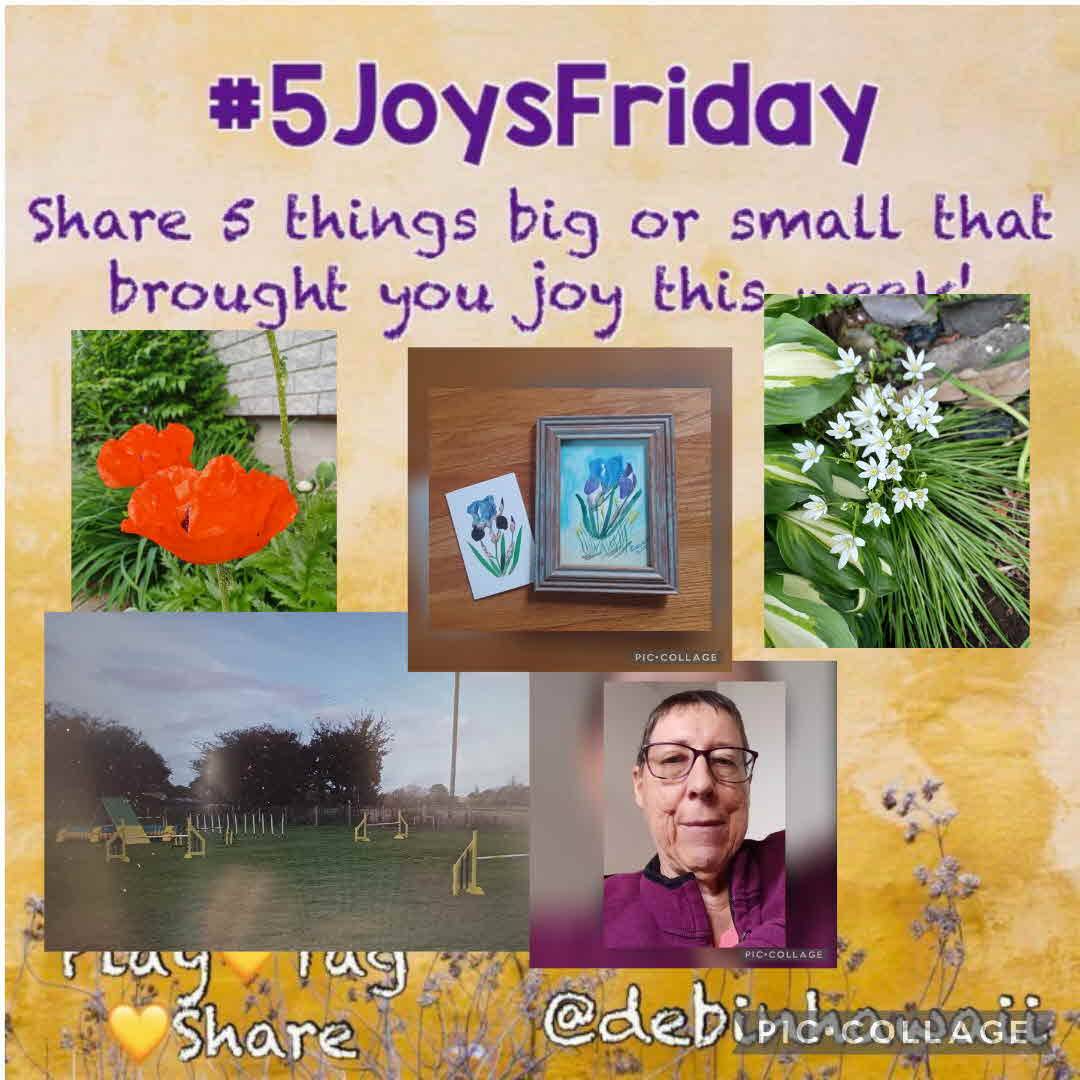
Informative. Mostly focuses on India and China (and colonialism) but also covers a lot of time and a few other places.

Informative. Mostly focuses on India and China (and colonialism) but also covers a lot of time and a few other places.
A well researched book on the opium plant and its impact on all aspects of society during the eighteen and nineteenth century. It was this plant that provided a lion share of the capital needed for European colonization. A lot of the wealthiest Americans made their fortune from this trade before they diversified into other ventures.

#5JoysFriday @DebinHawaii
1. My poppies I bought last year bloomed this week
2. Inspiration for art with #LitsyLove Friends
3. My Star of Bethlehem plants are blooming
4 Agility with Oakley
5 My new haircut, short for summer
I love Fridays because of this. And I love reading everybody else's

I‘m a plant nerd, especially for poisons. This book was very interesting. The author shares his experiences with all three plants: opium poppy, coffee, and mescaline. I found his year of growing opium poppies to be quite interesting. He raises good points about the legislation of growing things. He points out the cleverness of the coffee plant, how we are owned by it, now. With mescaline, he speaks on the injustices from the US government ⬇️

Some people call it the flesh of our ancestors, because that‘s what it is, you know, and at the same time it‘s spirit. Different people have different experiences with the medicine. It talks to you at different levels: about what it is you need to see, what it is that you need to feel, or experience.The medicine knows you before you even know yourself. It is like a mirror. When people get up and look in the mirror, they can fix themselves, brush⬇️

It was in pursuit of precisely this freedom, of course, that the American colonialists originally fled Europe, coming to the Indian lands they rechristened New England. That their descendants would now seek to suppress the Indians‘ own religious freedom was an irony apparently lost on most Americans, including the justices of the US Supreme Court.

Remember the goats that were said to have inspired that curious herder to taste his first coffee berry? But that‘s how evolution works: nature‘s most propitious accidents become evolutionary strategies for world domination. Who could have guessed that a secondary metabolite produced by plants to poison insects would also deliver an energizing bolt of pleasure to a human brain, and then turn out to alter that brain‘s neurochemistry in a way⬇️

You really have to give this plant a lot of credit. In less than a thousand years it has managed to get itself from its evolutionary birthplace in Ethiopia all the way here to the mountains of South America and beyond, using our species as its vector. Consider all we‘ve done on this plant‘s behalf: allotted it more than 27 million acres of new habitat, assigned 25 million humans to carefully tend it, and bid up its price until it became one of⬇️

Almost from the start, the blessings of coffee and tea in the West were inextricably bound up with the sins of slavery and imperialism, in a global system of production organized with such brutal rationality that it could only have been fueled by—-what else?—caffeine itself.

In 1616, a wily Dutchman managed to break the Arab stranglehold on Coffea arabica. He smuggled live coffee plants out of Mocha, the Yemeni port city, and took them to the botanical garden in Amsterdam, where they were grown under glass and additional plants were eventually propagated by cutting. (You can create a new, genetically identical plant by rooting a shoot or branch in soil). One of those clones ended up in the Dutch-controlled⬇️